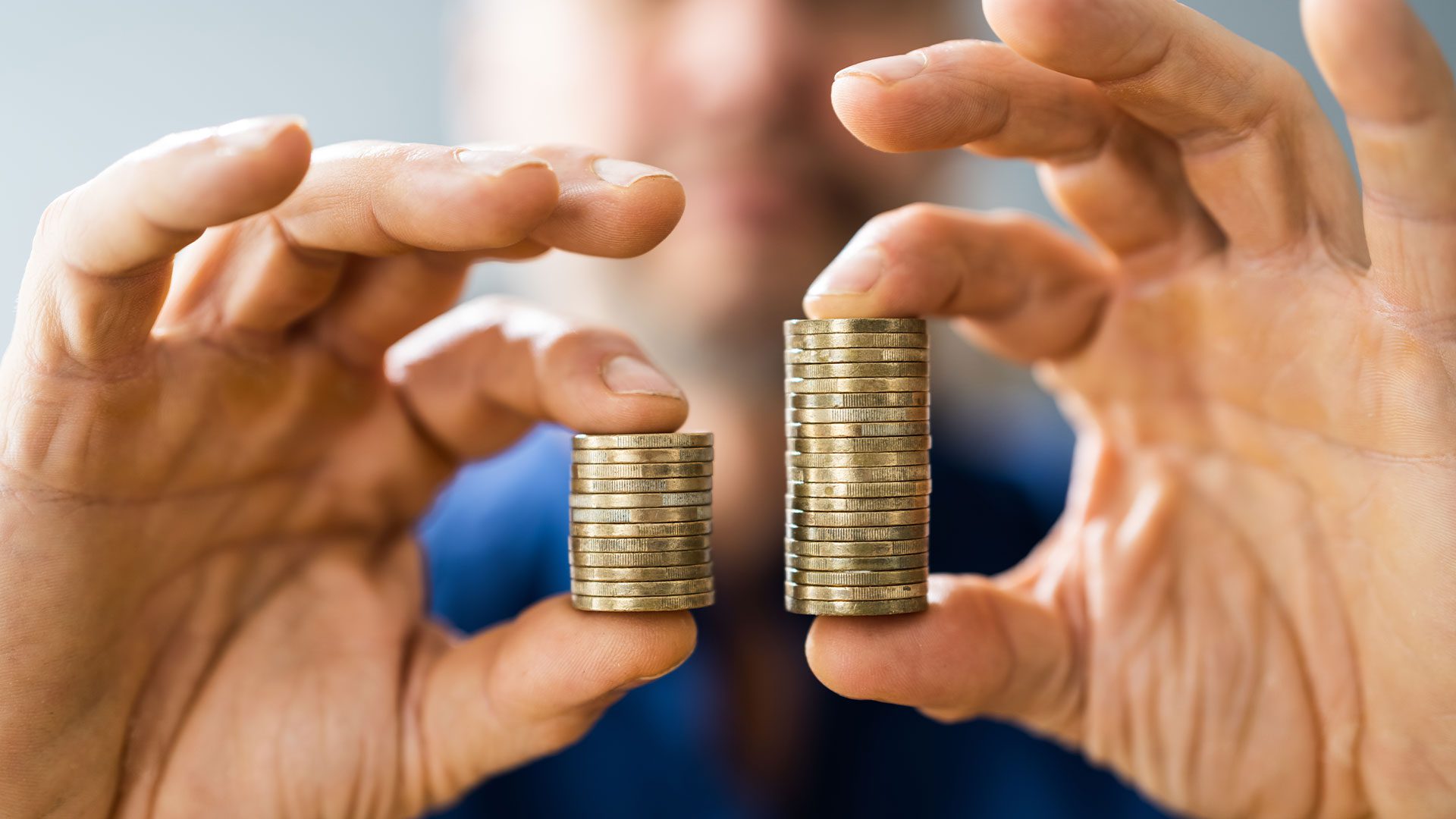Size of the Buy-to-Let Mortgage Market Has Increased Massively Since 2013
Analysis of buy-to-let mortgage data by Confused.com shows massive growth in the buy-to-let market over the last ten years.
According to the report, new mortgages given to borrowers totalled £322.5 billion as of 2022. Of this amount, buy-to-let mortgages accounted for 12.8% of this amount, or approximately £41.3 billion. For more information on the latest rates, see the RWinvest mortgage calculator.
While the mortgage market mostly consists of borrowers who wish to live in their purchased property themselves (87.2%), the amount of buy-to-let mortgages still makes up a significant portion of the whole. Moreover, the buy-to-let mortgage market has grown rapidly over the past decade.

The UK Buy-to-Let Market Over the Past Decade
| Year | Buy-to-Let Market |
|---|---|
| 2013 | £21.9 billion |
| 2014 | £29.9 billion |
| 2015 | £37.4 billion |
| 2016 | £40.1 billion |
| 2017 | £35.4 billion |
| 2018 | £31.9 billion |
| 2019 | £36.6 billion |
| 2020 | £31.9 billion |
| 2021 | £36.9 billion |
| 2022 | £41.3 billion |
Source: confused.com, Buy-to-Let Mortgage Statistics: 2023
In 2013, the buy-to-let market stood at £21.9 billion. It climbed steadily and rapidly, hitting £40.1 billion just three years later in 2016. According to the report’s analysis, this massive boost came as the market bounced back from the 2008 financial crisis.
After 2016, the market took a dip, but it was still much busier compared to 2013, as the market’s lowest subsequent years were 2018 and 2020, both dropping down to £31.9 billion.
Confused.com’s analysis posits that this downturn post-2016 was due to government measures to reduce the attractiveness of buy-to-let investment. This included increased Stamp Duty, reduced mortgage interest relief, and adjustments to the wear and tear tax allowance.
For more on tax on buy-to-let, take a look at our updated guide or read about some of the ways to get a passive income in the UK.
The COVID-19 pandemic impacted the market just as it seemed back on the up, substantially affecting investments and the property market as a whole.
But the market bounced back in 2021 and hit £36.9 billion; in 2022, it hit a new peak of £41.3 billion. Comparing this to the 2013 figure of £21.9 billion, this shows massive growth in the past decade, as buy-to-let’s reputation as a lucrative investment strategy has lured in more and more investors, and confidence in the market is restored.

UK Buy-to-Let Investor Profile
According to the report, most landlords’ first rental properties were acquired using funding from a mortgage, making up 75.1%, while 31.7% used personal savings.
In England, 93.7% of the country’s landlords are private individuals, with companies comprising the remaining share. 43% of landlords have one property, and 39.3% have a portfolio of 2-4 properties. Those with five or more properties comprise less than a fifth of the total, with 53.9% of buy-to-let landlords investing as a future strategy for their pension, 48.2% investing for rental income and 27.3% for capital growth.
The dual gains that can be acquired through both rental income and capital appreciation is a unique investment advantage that buy-to-let can offer. Overall, the picture created by the statistics presented by confused.com shows why buy-to-let remains such a popular property investment strategy despite the various changes to the market over the years.
Stay up-to-date with the property market with RWinvest! See some of our latest insights below:
- Stockport Property Investment Guide
- Coventry Buy-to-Let Guide
- Reading Buy to let investment Guide
Buy-to-Let Market Has Grown Significantly Over Past Decade





